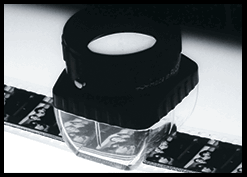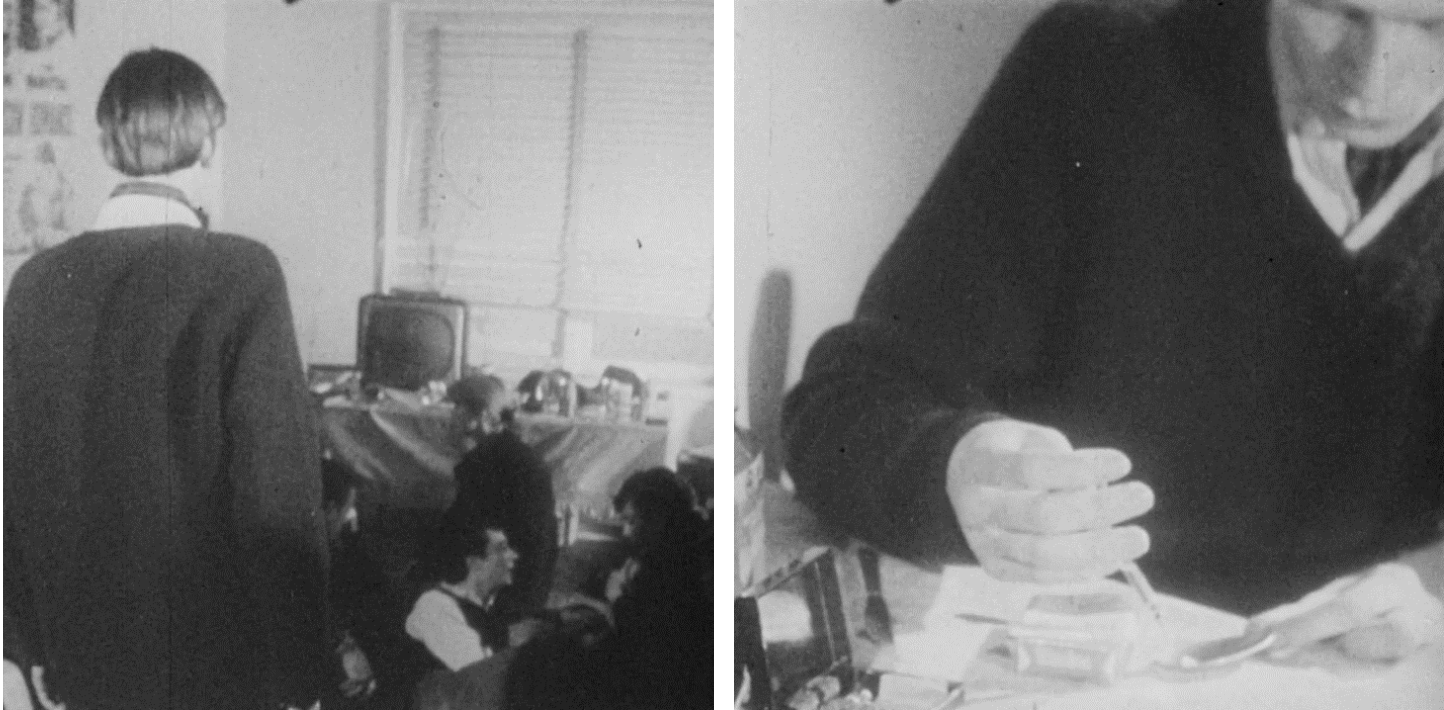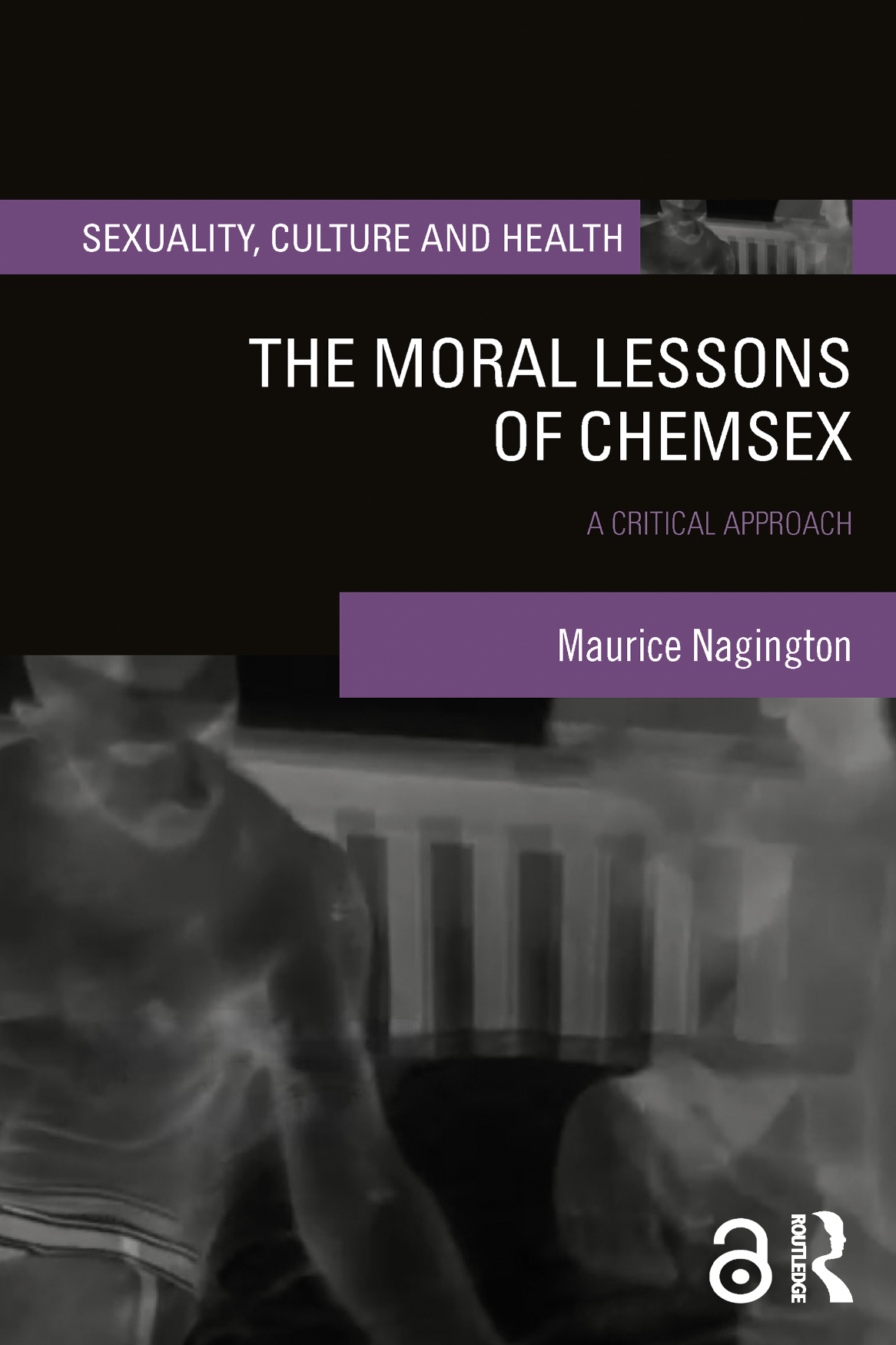AMPHETAMINE Ascending: Warren Sonbert's Groundbreaking Debut Finds New Life on Digital Platforms and in Academia
/Sonbert began making films in 1966, as a student at New York University’s film school in New York. In his first films, he uniquely captured the spirit of his generation, and was inspired both by his university milieu and by the denizens of the Warhol art scene. In both provocative and playful fashion, [Sonbert’s first film] AMPHETAMINE depicts young men shooting amphetamines and making love in the era of sex, drugs, and rock and roll. —Jon Gartenberg
Gartenberg Media Enterprises is proud to announce the release of a new digital restoration of Warren Sonbert’s groundbreaking debut film AMPHETAMINE (1966), which is currently available for institutional sale and clip licensing through GME. The film is also available for rental on a digital format through The Film-Makers’ Cooperative, where Sonbert originally distributed his early films on 16mm.
This digital restoration of AMPHETAMINE, which theatrically premiered at Metrograph in New York City on June 8th, 2025, follows a period of renewed scholarly interest in Sonbert’s debut film. Namely, Dr. Maurice Nagington’s 2025 publication The Moral Lessons of Chemsex: A Critical Approach (Routledge), Juan Suarez’s 2024 book Experimental Film and Queer Materiality (Oxford University Press), and GME associate Matt McKinzie's 2024 film program The Motown Sound and the Queer Underground (presented by Spectacle Theater and The Film-Makers' Cooperative), invoke AMPHETAMINE as a key filmic text integral to discourse surrounding 1960s avant-garde cinema, queer representation on film, popular music, chemsex, and connection.
While each scholar engages with Sonbert's film through distinct academic frameworks — specifically, public health (Nagington), film materiality (Suarez), and music history (McKinzie) — they reach similar conclusions about the combined effect of the various visual and aural elements that make up Sonbert’s film. Specifically, they illuminate how Sonbert’s synthesis of gay intimacy, drug use, and Motown music reframes chemsex as a conduit for pleasure, self-affirmation, and community-building.
STILLS FROM WARREN SONBERT’S AMPHETAMINE (1966), DEPICTING DRUG USE AND COMMUNITY, WHICH APPEARED IN DR. MAURICE NAGINGTON’S 2024 PUBLICATION THE MORAL LESSONS OF CHEMSEX: A CRITICAL APPROACH.
Nagington in particular speaks to the “musicality of chemsex” in AMPHETAMINE, writing in The Moral Lessons of Chemsex:
Many of the accoutrements of chemsex are panned over — drugs, needles, cans, and knives — and we then see the ritualised loading of a syringe begin. Our queer subject does not inject this drug though; instead, he hands the syringe over to another man who places a tourniquet around his arm and just as the needle pierces the skin the music track effortlessly segues into The Supremes track Baby Love. The lyrics ‘baby love, my baby love’ ring out with the joy of being in unity with another. There’s a bounce to the piano, the bright sounds of trumpets call out, beckoning a brighter future. Life and energy are now imbibed into the film, there’s even a bounce to the word ‘baby’ in Ross’s vocal delivery that contrasts with the previous dejected feelings… then we are faced with a screen of abstract light and dark, the result of a camera mis-loading which are in fact shots of Times Square, New York… one of the most identifiable queer utopias of the time. Sonbert’s inclusion of this material expands the horizon of experiences from a single bedroom to an entire community of dream-like-pleasure-seeking-queers networked via bars and clubs… the music reinforces the blissful nature of the experience of sex on drugs: the cheerful melodies repeat one another but not in a paranoid fashion… marimbas attack hard, and melt away into sensations of love and warmth. A wistful feeling of fluidic yet tangible connection is formed whilst upward key changes signal a continuing triumphant form of ever-increasing pleasure… The Supremes continue to herald the increasing ecstasy… [and the film] stresses how gay men and drugs can produce spaces that provide for connections which refuse shame or trauma but instead allow exploration of new potentials for subjectivity.
Nagington and GME President Jon Gartenberg further elaborated on the historical significance and cultural impact of Sonbert’s film in a Zoom conversation on July 2nd, 2025, which celebrated the release of Nagington’s book. Excerpts from this conversation pertaining to Sonbert can be viewed in the video below:
In this conversation, Nagington called on the scholarship of Matt McKinzie, whose 2024 film program The Motown Sound and the Queer Underground examined the use of Motown music in Sonbert’s AMPHETAMINE, as well as other queer underground films made between the years 1966 and 1967. McKinzie’s program note (which Nagington quotes in the Zoom conversation above) elucidates Sonbert’s choice to combine songs from The Supremes’ album WHERE DID OUR LOVE GO? (coincidentally the title of Sonbert’s follow-up film) with images of gay intimacy and drug use, and how this audiovisual synthesis generates feelings of euphoria, ecstasy, and inclusivity:
Motown’s ‘60s catalog… cultivated an ethos of inclusivity, thereby uniquely touching the lives of marginalized folk — particularly people of color and members of the LGBTQ+ community. As Mary Wilson of The Supremes noted in a 2015 interview with Pride Source: ‘The music was inclusive. It didn’t matter who you were, the music touched your soul…. I’ve always said that Motown was an ambassador for love and for friendship because it brought people together’… Marissa Lee of Mission Magazine illuminates the absence of gendered lyrics in many of the romantic ballads that came out of (and were influenced by) Motown in the ‘60s, making those ballads ‘unintentionally progressive’… [This observation] welcome[s] a queer reinterpretation, or re-appropriation, of the ‘Motown sound.’ Sonbert — an early star filmmaker of the New American Cinema and later a pioneer of polyvalent montage — achieves exactly that in his debut film AMPHETAMINE (1966)… This 10-minute experimental short begins with The Supremes’ 1964 album WHERE DID OUR LOVE GO? playing on a turntable. Over the sounds of that LP’s title track, ‘Baby Love,’ and ‘I Hear a Symphony,’ an intoxicating mélange of homoerotic images unfold: preppy young gay men lounge, canoodle shirtless, take intravenous drugs, and passionately kiss each other (the lattermost conveyed in a breathtaking, 360-degree shot modeled after the kiss scene in Alfred Hitchcock’s VERTIGO). Here, Motown’s best-selling group becomes the de facto Greek chorus of a euphoric night of gay passion, their reputation of ‘apoliticism’ complicated by the transgressive and liberating imagery with which the filmmakers have fused them. Diana Ross, Mary Wilson, and Florence Ballard’s sumptuous harmonizing seems to elucidate the chemical high the men on screen are experiencing; Sonbert and Appel’s visuals imbue that harmonizing with new, queerer meaning in return.
In Experimental Film and Queer Materiality, which more broadly explores queer aesthetics and "synthetics" in avant-garde cinema, Juan Suarez parallels Nagington's and McKinzie's analyses:
Warren Sonbert’s first film AMPHETAMINE (1966), made in collaboration with Wendy Appel, further hints at the drug’s diffuse erotics. Not a [Warhol] Factory title proper, it was made, however, in the spirit of in-group self-documentation of many Factory titles and on the outer edges of its social world… through [Debbie] Caen, [Sonbert] soon became friends with [Gerard] Malanga and Rene Ricard, who appear in Sonbert’s subsequent films—WHERE DID OUR LOVE GO? (1966) and HALL OF MIRRORS (1966). AMPHETAMINE is less about the drug itself than a collective portrait of a group of friends for whom speed-taking is a casual binding ritual. It divides its attention between loving depictions of his friends, the mechanics of shooting up, and the miscellaneous decor of the apartment, at once classy, trashy, and pop, with nineteenth-century portraits and movie posters on the walls and assorted litter everywhere… The songs in the soundtrack (the Supremes’ hits “Where Did Our Love Go?”, “Baby Love,” and “I Hear a Symphony”) suggest a narrative from despair to plentitude that contrasts with the sustained affability and hedonism in the images. The overall tone is of warm affection, not only toward the group, its habits, love affairs, and hangout but also toward the more abstract enjoyment of light and motion, and toward the driving rhythm of the pop songs. They all seem to exist on the same plane of equivalence as exchangeable, interrelated pleasures: ‘All relationships interconnect into a fantastic embroidery—no two people are complete,’ wrote Sonbert.
From another academic perspective, scholar Chen Sheinberg articulates the inextricable link between Sonbert and Alfred Hitchcock:
In this film, Sonbert pays tribute to VERTIGO (1958), which he had first seen at the Bleecker Street Cinema in New York... with its spiral and circular motifs. The film begins with a woman’s portrait (framed inside a circle) like the portrait of Carlotta at which Madeleine (Kim Novak) gazes in the museum scene... The music and the structure of AMPHETAMINE are also repetitive, and in one scene the camera moves in a circle around two men embracing, similar to the famous kissing scene between James Stewart and Kim Novak in Hitchcock’s VERTIGO... It’s an homage, but Sonbert subverts gender conventions, showing a homosexual kiss, three years before the Stonewall riots. If Madeleine represents Scottie’s obsessive fantasy world, the party in Sonbert’s film reflects the fantasies and desires of a decade later, the 1960s era — with its forbidden paradise.
For more information about AMPHETAMINE, click here.
Watch for a forthcoming announcement about the release of additional new digital restorations of Sonbert’s early films.





